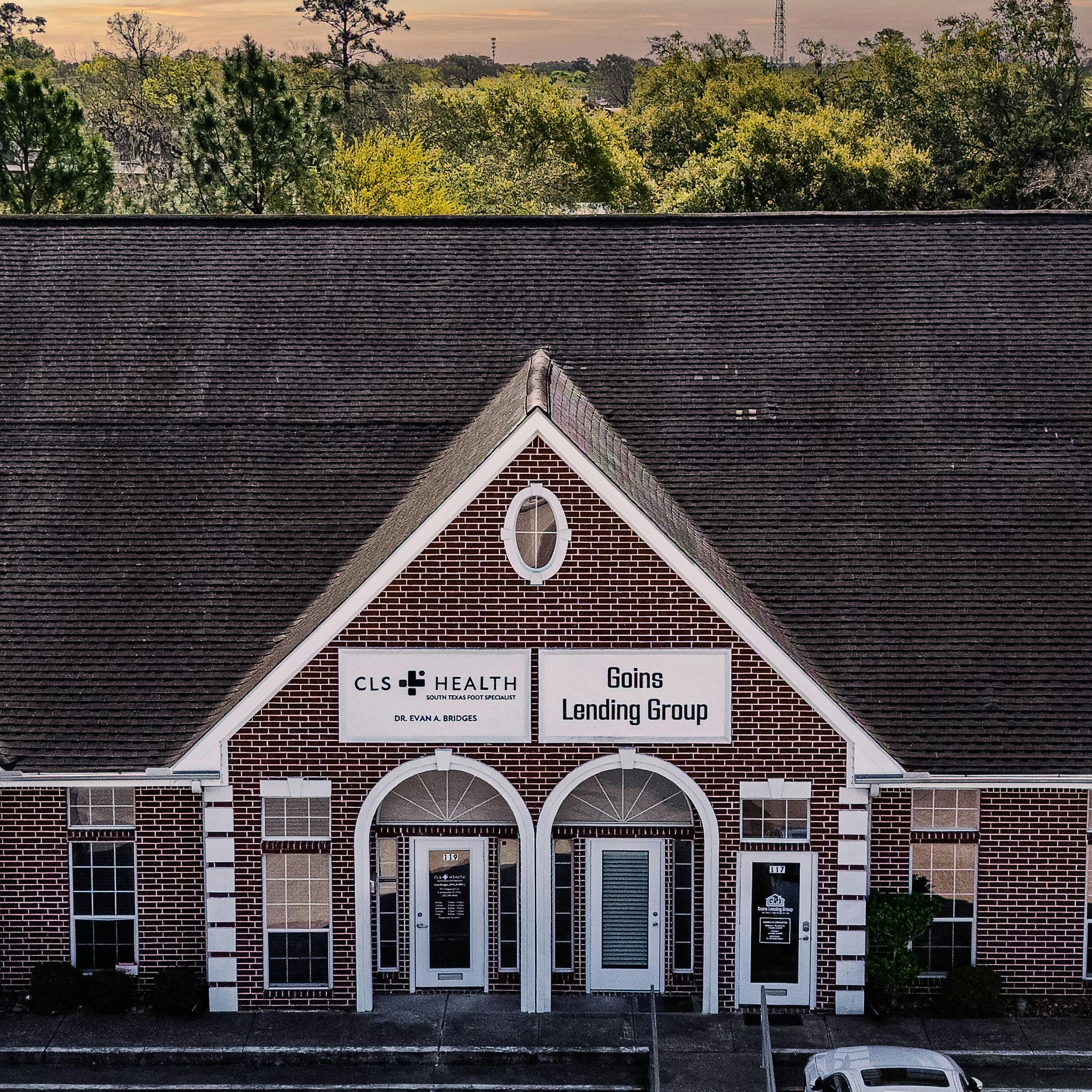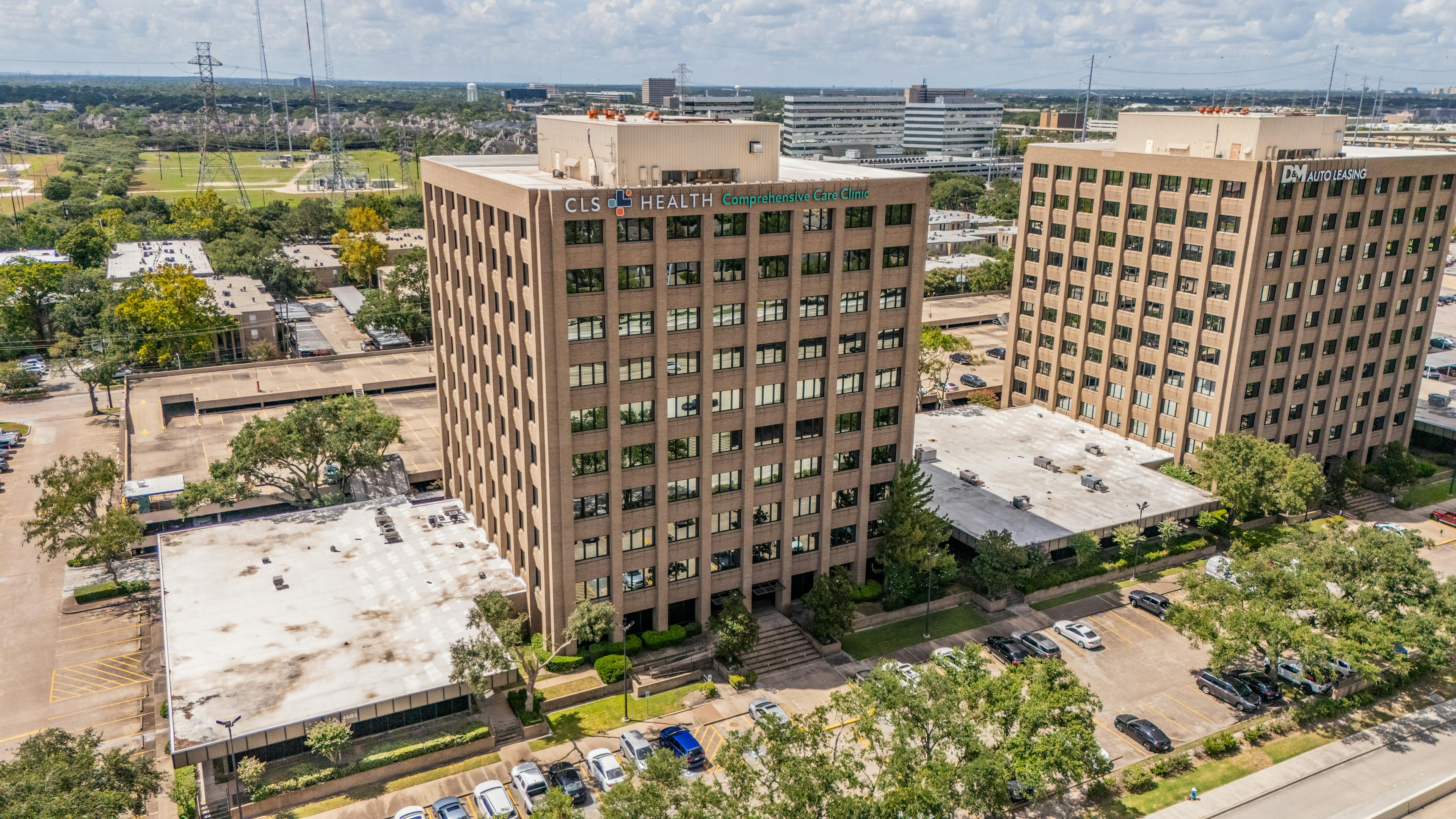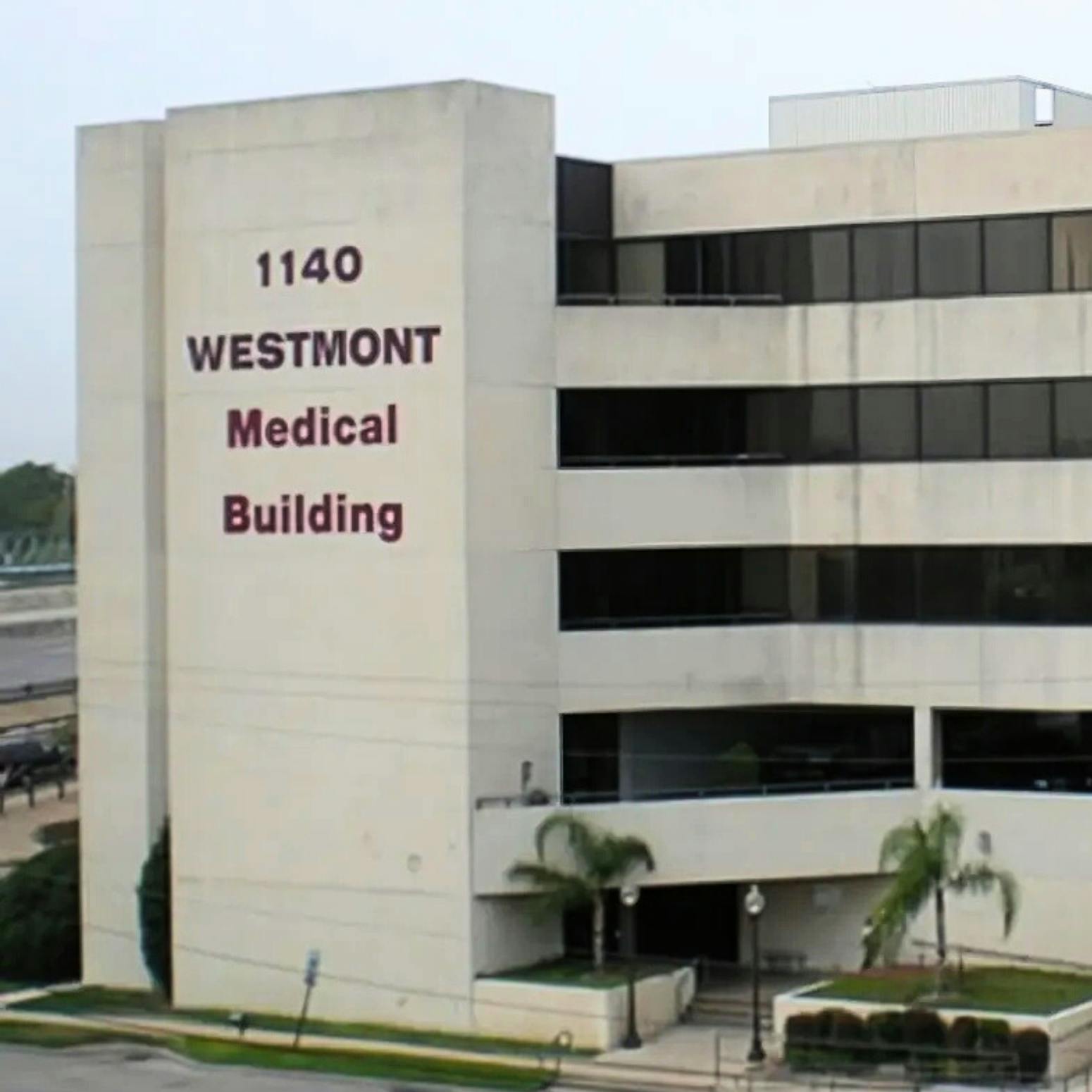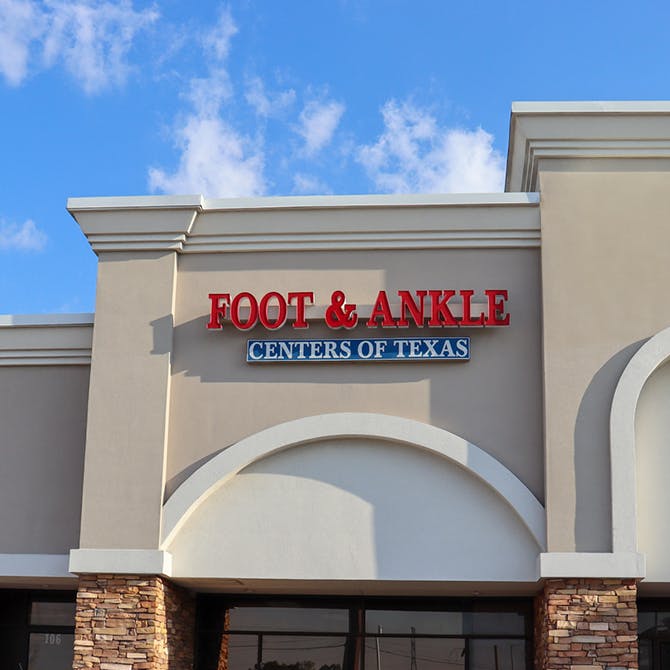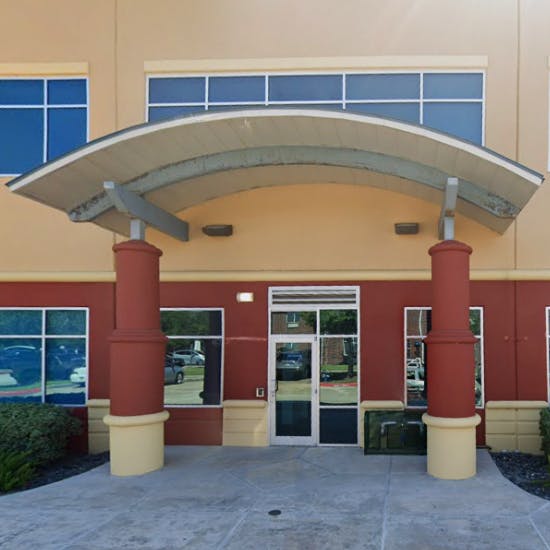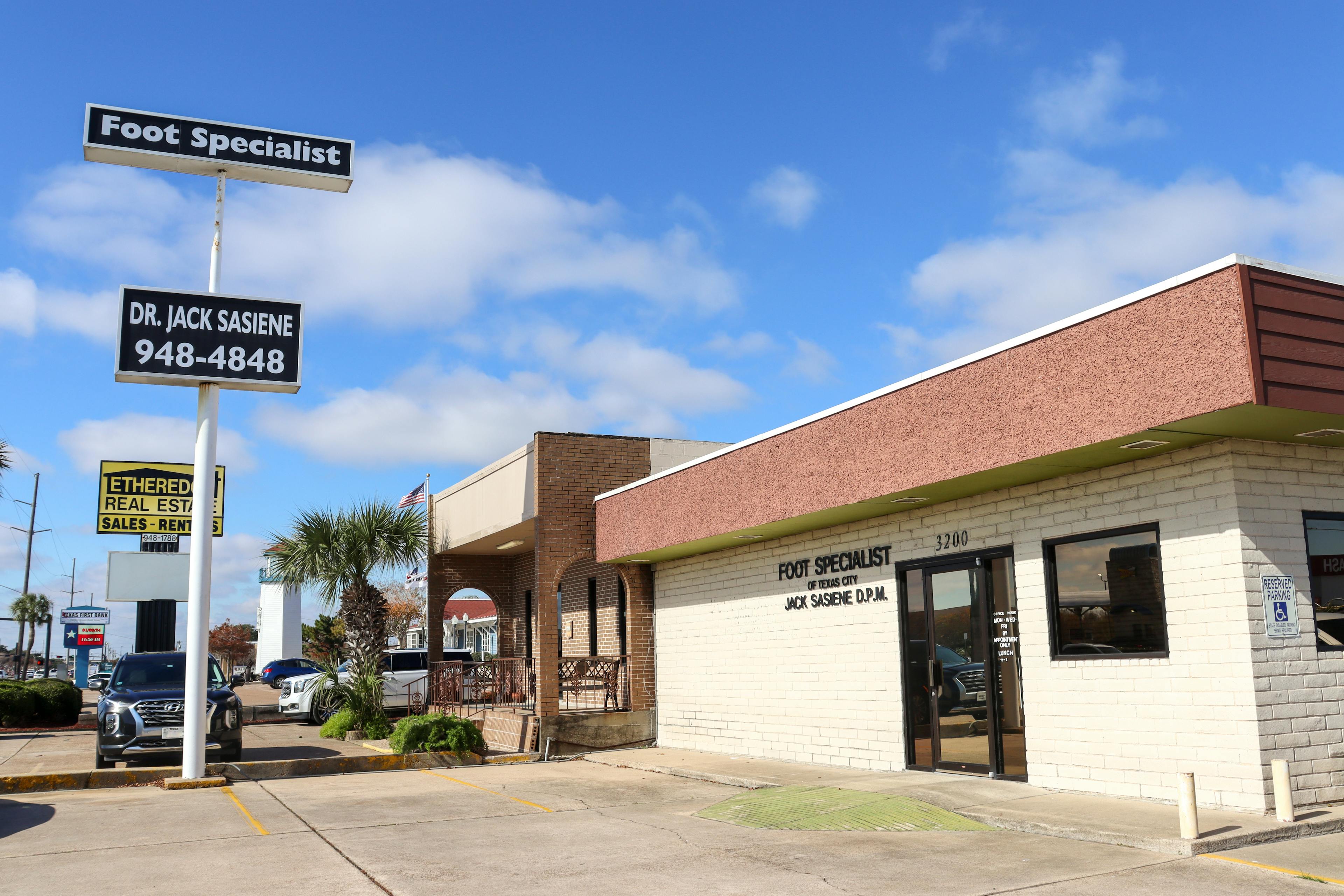Podiatry

Adult and Pediatric Podiatrists in Houston
CLS Health podiatrists provide comprehensive foot and ankle care for adults and children across Greater Houston. With convenient clinic locations in Houston, Webster, Pearland, Friendswood, League City, and Texas City, our specialists make it easy to access high-quality podiatric care close to home.
As a multi-specialty medical group, we work closely with primary care, endocrinology, cardiology, rheumatology, and wound care teams to ensure every patient receives coordinated, whole-person treatment. From heel pain and Achilles issues to bunions, hammertoes, neuromas, and nail conditions, our foot and ankle specialists are here to help you move comfortably and confidently at every stage of life.
Providers

Podiatry, Foot and Ankle Surgery

Podiatry, Foot and Ankle Surgery

Podiatry, Foot and Ankle Surgery

Podiatry, Foot and Ankle Surgery

Foot and Ankle Surgery, Podiatry

Foot and Ankle Surgery, Reconstructive Rearfoot and Ankle Surgery, Podiatry

Podiatry, Foot and Ankle Surgery

Podiatry, Foot and Ankle Surgery

Podiatry, Foot and Ankle Surgery

Podiatry, Foot and Ankle Surgery

Podiatry, Foot and Ankle Surgery

Podiatry, Foot and Ankle Surgery

Podiatry, Foot and Ankle Surgery

Foot and Ankle Surgery, Podiatry
What are podiatrists?
Podiatrists, or Doctors of Podiatric Medicine (DPMs), are medical specialists who diagnose, treat, and prevent conditions that affect the feet, ankles, and lower leg. They care for problems such as sprains, fractures, bunions, heel pain, weak ankles, plantar fasciitis, and fungal toenails, and they commonly treat children for foot deformities and athletes for sports injuries.
Podiatrists can perform foot and ankle surgery, prescribe custom orthotics, manage chronic foot conditions, and provide education to help prevent future issues.
DPMs complete a four-year podiatric medical school program, which includes training in anatomy, pharmacology, pathology, and clinical care—similar to what MD students study. They then complete a three-year residency focused on foot and ankle medicine and surgery. While orthopedic surgeons also treat foot and ankle conditions, podiatrists specialize exclusively in this area, offering focused expertise.
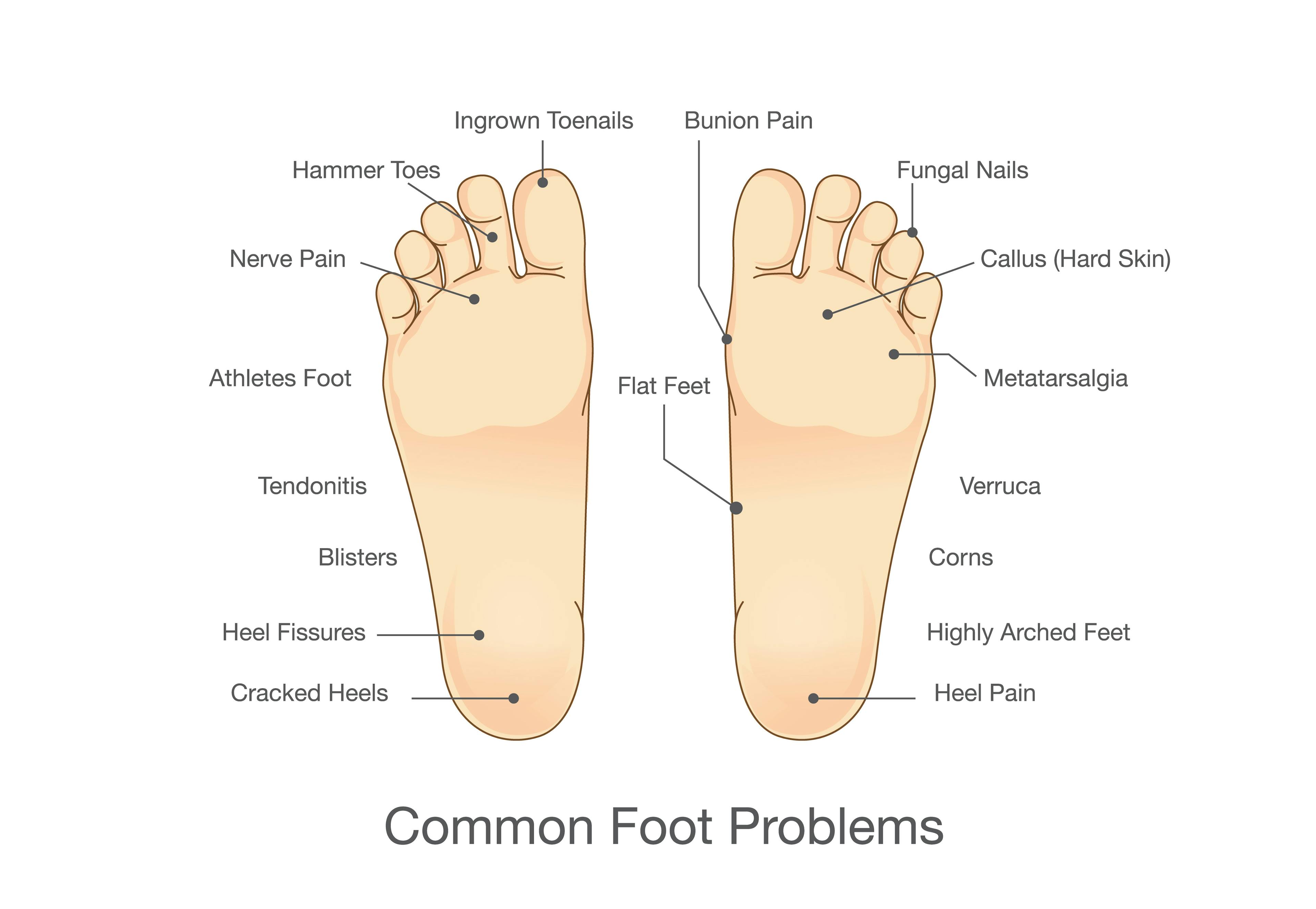
Conditions & Treatments
At CLS Health, our podiatrists provide comprehensive care for foot, ankle, and heel conditions that impact your comfort, mobility, and long-term health. We focus on accurate diagnosis, personalized treatment plans, and preventive care to help you stay active, pain-free, and confident on your feet.
- Heel Pain Management
We treat heel pain, heel spurs, and plantar fasciitis with targeted therapies designed to reduce inflammation and improve foot mechanics. Options may include stretching, orthotics, physical therapy, or injection therapy. In most cases, pain relief is achieved without surgery. - Achilles Pain Management
Our podiatrists treat Achilles tendon pain caused by overuse, inflammation, or small tendon tears. Evaluation may include imaging to assess damage, followed by treatments such as rest, therapy, orthotics, or regenerative injections. Early care helps prevent chronic pain and tendon rupture. - Arthritis Care
We manage foot and ankle arthritis and gout through personalized treatment plans that reduce pain, stiffness, and inflammation. Care may include medication, orthotics, physical therapy, and lifestyle adjustments. Our goal is to preserve mobility and joint health for long-term comfort.
- Skin & Nail Disorders
Our specialists care for athlete’s foot, corns, calluses, ingrown toenails, and plantar warts using safe, effective treatments. We also provide preventive care to reduce recurrence and discomfort. Early management helps protect skin integrity and prevent infection. - Diabetic Foot Care
Our team provides specialized care for patients with diabetic ulcers, wounds, and circulation issues to prevent complications. Routine exams, wound debridement, and custom footwear help protect foot health and avoid infection. Early treatment is essential for preventing more serious problems. - Senior Foot Care
Our podiatrists address age-related foot changes, including deformities, arthritis, and circulation problems. Regular evaluations help maintain balance, prevent falls, and detect skin or nail concerns early. Gentle, ongoing care supports comfort and mobility in older adults.
- Forefoot & Toe Deformities
We diagnose and treat bunions, hammertoes, and neuromas that cause pain, numbness, or pressure in the toes and ball of the foot. Depending on severity, care may involve padding, orthotics, or minimally invasive correction. Surgical options are available for advanced deformities. - Structural Issues
We diagnose and correct flat feet, high arches, ankle instability, and pediatric foot deformities using orthotics, therapy, or surgery when needed. For severe joint damage, we offer ankle joint replacement and fracture care to restore stability and alignment.
We evaluate and treat ankle sprains, fractures, crush injuries, and other sports or workplace foot injuries. Onsite imaging and advanced therapy options support quick recovery and a safe return to activity. Custom braces and rehabilitation plans help strengthen and protect the injured area.
Our foot and ankle surgeons perform advanced procedures such as bunion correction (including Lapiplasty®) and revision surgery for prior foot operations. Minimally invasive approaches help reduce recovery time while improving long-term comfort and function.
Don't see your insurance listed? We may still accept it! CLS Health updates accepted insurance plans regularly. Please call (281) 724-1860 to verify your coverage.
- Aetna Select
- Open Access Selects
- Elect Choice
- Aetna Open Access Elect Choice
- Aetna Choice POS II
- Managed Choice
- Open Choice PPO
- Aetna Medicare Advantage Plans
CLS Health does not accept:
- Aetna CVS Marketplace Plans
* Some providers may not accept this insurance, please call to confirm
- Superior Ambetter Core (Complete, Clear, Focused, Standard Silver and Gold)
- Superior Ambetter Value (Clear Value Silver, Focused Value Silver, CMS Standard Silver & Gold Value, Everyday Value Gold)
- Superior Ambetter Virtual (Ambetter Virtual Access Silver, CMS Standard Virtual Access Basic Silver, Ambetter Virtual Access Gold)
- Superior Health Plan CHIP*
- Superior Health Plan MAPD (Medicare Advantage Prescription Drug)
- Superior Health Plan Medicare
- Superior Health Plan MMP Medicaid*
- Superior Health Plan MMP Medicare
- Superior Health Plan STAR*
- Superior Health Plan STAR Kids*
- Superior Health Plan STAR+PLUS*
CLS Health participates in most Blue Cross Blue Shield plans including:
- Blue Choice PPO
- Blue Essentials
- Blue Essentials Access
- HealthSelect
- HealthSelect of Texas In Area
- Consumer Directed HealthSelect in Area
- HealthSelect of Texas Out of State
- Consumer Directed Health Select Out of State
- HealthSelect Secondary 65+
- Medicare Advantage HMO
- Medicare Advantage PPO
- Medicare Advantage Value HMO
- POS
- Traditional/Par Plan
- TRS-Active Care
- TRS-Care Standard
- BCBS MyBlue Health (Marketplace)
*Some providers may not accept Community Health Choice, please call to confirm
- MarketplacePremier
- Medicaid*CHIPCHIP PerinateSTAR
- Medicare AdvantageDual-Special Needs Plan (D-SNP)
CLS Health accepts most Cigna plans, including:
- Cigna HMO
- Cigna Local Plus
- Cigna Open Access Plus
- Cigna PPO
- ChoiceCare PPO
- EPO
- HMO
- HMO Premier
- Medicare Advantage Plans
- HumanaChoice - Medicare Advantage PPO plan
- Humana Gold Choice - Medicare Advantage Private Fee-for-Service (PFFS) plan
- Human Gold Plus - Medicare Advantage HMO & Special Needs Plan
- Military (TRICARE South Region Military Health Plan)
- POS - including Choice POS, National POS Open Access/Plus and Preferred POS Open Access.
- PPO
*Some providers may not accept United Healthcare, please call to confirm
- Commercial, HMO, POS, EPO and PPO Plans (Charter, Choice,Core, Doctors Plan, Freedon, Heritage, Navigate, Nexus ACO, Options PPO, Passport Connect, Select)
- Indemnity
- Medicare Advantage (AARP, Care Improvement Plus, C-SNP, D-SNP, I-SNP, Erickson Advantage, ERS Medicare Advantage, TRS-Care Medicare Advantage, UnitedHealthcare Chronic Complete, UnitedHealthcare Connected (Medicare-Medicaid Plan), UnitedHealthcare Dual Complete, UnitedHealthcare Group Medicare Advantage PPO, United Healthcare Medicare Complete)
- Community Plans* (CHIP, CHIP Perinate, Star, Star Kids, Star Plus, MMP)
- Wellmed (Wellmed Dual SNP Focus, Wellmed Medicare Advantage Focus)
*Some providers may not accept Wellpoint, please call to confirm
- Medicaid (All Texas Plans Including the Below)*
- CHIP
- CHIP Perinate
- STAR
- STAR+PLUS
- STAR Kids
- Medicare Advantage
- C-SNP
- D-SNP
- I-SNP
- Medicare Advantage HMO
- Medicare-Medicaid (MMP)
- Medicare-Medicaid Program (MMP)
- STAR+PLUS MMP
*Some providers may not accept insurance, please call to confirm
PPO Networks
- Beechstreet PPO
- Carnival Cruise Lines PPO
- Envolve Benefit Options Vision-PPO, HMO
- First Health
- Curative/First Health
- Galaxy Health Network
- HealthSmart Preferred Care
- Accel
- Healthsmart Payors Organization
- Multiplan PPO
- Tricare (Humana) PPO/Prime
Employer-Specific Plans
- Brazoria County Employees – Aetna TPA Brazoria County Employees
Workers’ Compensation Plans
- Workers’ Comp
- Auto & Workers’ Comp
Medicare and Medicare Advantage
- Medicare Traditional
- Medicare Advantage
- Memorial Hermann Health Solutions Commercial and Medicare
- Molina Medicare Complete Care HMO SNP
- Medicare-Medicaid Program (MMP)
- STAR+PLUS MMP
- Alignment Health Plan
- AllyAlign Health
- American Health Plans
- Florida Complete Care
- Gold Kidney Health Plan
- Imperial Health
- Independent Health
- Kaiser Foundation Health Plan of Washington
- Kaiser Foundation Health Plan of Colorado
- Mass Advantage
- Presbyterian Health Plan
- PriorityHealth
- Provider Partners
- SCAN
- UCare
- Vantage Health Plan
- Verda Healthcare
- Zing Health
Medicaid and CHIP Programs
- Molina Healthcare* (Marketplace, Medicaid, CHIP, CHIP Perinate, STAR, STAR Kids, STAR+PLUS)
- Texas Children's Health Plans*
- TMHP (Traditional Medicaid) Traditional Medicaid
Specialty Plans
- VA Community Cares Network CCN
FAQs
Podiatrists and orthopedists are both qualified to treat foot pain, but podiatrists specialize exclusively in conditions below the knee. The complexity of foot and ankle surgeries performed by podiatrists is equivalent to those performed by orthopedists. The main difference lies in scope: orthopedists may also treat issues involving the knee, hip, and other parts of the musculoskeletal system, while podiatrists focus solely on the foot and ankle.
In many cases, you do not need a referral to see a podiatrist, especially if you are paying out-of-pocket or your insurance plan allows direct access to specialists. However, some insurance plans, including certain HMOs or Medicare, may require a referral from your primary care physician for coverage. It’s best to check with your insurance provider to confirm their requirements before scheduling an appointment.
Yes, podiatrists can prescribe medications. They can provide prescriptions for pain relief, anti-inflammatory drugs, antibiotics, antifungals, and other medications to treat foot and ankle conditions. They can also administer injections, such as corticosteroids, for pain and inflammation. The specific medications they prescribe will depend on your condition and treatment plan.
Yes, podiatrists are trained and qualified to perform surgery on the feet, ankles, and lower extremities. This includes procedures for bunions, hammertoes, plantar fasciitis, fractures, tendon repairs, and more. Many podiatrists complete advanced surgical training during their residency, making them experts in both minor and complex foot and ankle surgeries. If surgery is needed, your podiatrist will discuss the best options for your condition.
Yes, podiatrists specialize in treating nail fungus. They can diagnose the infection and recommend effective treatments, such as topical or oral antifungal medications, laser therapy, or debridement (removal of infected nail portions). For severe cases, they may suggest removing the affected nail to allow a healthy nail to grow back. Podiatrists also provide guidance on preventing future fungal infections.
A podiatrist cannot diagnose diabetes but can identify foot-related symptoms that may indicate undiagnosed diabetes, such as poor circulation, nerve damage (neuropathy), slow-healing wounds, or frequent infections. If they suspect diabetes, they will refer you to a primary care physician or endocrinologist for blood tests and a definitive diagnosis. Regular foot exams with a podiatrist are essential for managing diabetes-related complications.
An orthopedist is a medical doctor (MD or DO) specializing in the entire musculoskeletal system, including bones, joints, muscles, ligaments, and tendons throughout the body. They treat conditions like fractures, arthritis, and joint replacements, often focusing on larger areas such as hips, knees, and shoulders. Podiatrists similarly treat the musculoskeletal system, including bones, joints, muscles, ligaments, and tendons of the lower extremity. They treat conditions like fractures, arthritis, and deformity, focusing below the knee. Podiatrists also diagnose and treat disorders of the skin, nerves, and vessels in the lower extremity.





